Center for Mindful Psychotherapy, April 2025 Newsletter
Your monthly newsletter from our non-profit collective of ~100 Associate Marriage and Family Therapists in the San Francisco Bay Area
Bringing You A Moment of Mindfulness
Welcome back to your monthly newsletter. We invite you to pause. Before reading ahead, take a deep breath in through your nose. Feel the air fill your lungs, expanding your ribs. Hold for a moment, then exhale slowly, feeling yourself settle. Let yourself land here.
Take a moment to look outside at the plants that are alive, growing yet calm. Breathing in that air, you might notice what feels rooted, what’s beginning to bloom, and what may need some space to grow.
Just as gardeners are tending to the growth around us at this time of year, May invites us to turn inward and care for what’s growing within. That care might look like setting boundaries, creating space, or listening more closely to the different parts of ourselves. We invite you to explore ways of doing that with us today.
Thank you for joining us in this space. We are grateful to be here with you.
Tending the Edges: A May Reflection on Boundaries
Boundaries are often misunderstood as walls—rigid, isolating structures meant to keep people or experiences at a distance. But a more helpful and compassionate image is that of a garden. A well-tended garden doesn't shut the world out. Instead, it defines a space with care, allowing what is growing inside to thrive while maintaining a respectful relationship with everything around it.
In May, when gardens are blooming and borders are intentional, we’re reminded of what thoughtful boundaries can provide. The edges of a garden—whether marked by stones, fencing, or plants—help signal where the cultivated space begins. Without that structure, weeds can take hold, nourishment can be lost, and the balance within the garden may suffer. Personal boundaries serve a similar purpose. They help us protect our energy, preserve our well-being, and stay connected to what we truly value.
The design of a garden is an act of intention. We choose what we want to grow, what needs sunlight or shade, which parts require extra care, and how much space each plant needs to flourish. In the same way, setting boundaries asks us to be deliberate about where we place our attention, who we share it with, and how we protect the conditions we need for growth.
Cultivating a garden is not a one-time task. It requires attention, care, and regular maintenance. Some areas need watering. Others call for pruning or clearing. The same is true with boundaries. Some may need reinforcement, especially when they are tested by the demands of daily life. Others may have become too rigid and could benefit from a little flexibility. And some boundaries may still be in early development—new areas of self-awareness where limits are just beginning to take shape.
You may already have boundaries that are serving you well, providing structure and support. Others might feel unclear or overgrown, leaving you unsure of where your energy is being drained. And there may be parts of your life that are asking for more definition—a quiet invitation to create space, say no, or clarify your needs.
This season offers a natural invitation to pause and reflect. Where in your life have you created space to grow? Where might more clarity or care support what you are trying to cultivate?
Why Boundaries Matter
Just like healthy soil is essential for a garden to thrive, healthy boundaries are foundational to emotional, relational, and mental well-being. They help us identify what we are responsible for and what we are not. They create the space we need to show up in our lives with presence, clarity, and purpose.
When boundaries are missing or unclear, we may feel overwhelmed, resentful, depleted, or disconnected from ourselves. When they are rigid or inflexible, we can become isolated or emotionally shut down. Healthy boundaries live somewhere in between. They support us in staying connected to others while still honoring our own needs.
Boundaries help us:
Conserve time and energy
Maintain emotional safety
Communicate more effectively
Reduce stress, burnout, and conflict
Strengthen personal and professional relationships
But boundaries aren't always easy to identify, let alone enforce. Many of us have learned to equate boundaries with selfishness or disconnection. Others may struggle with guilt or fear when asserting limits. Understanding the different types of boundaries can make it easier to recognize where they may be missing or need adjustment.
Types of Boundaries
Boundaries show up in nearly every part of our lives. Some are internal. Others are relational. All of them influence how we feel, how we connect, and how we grow. Here are a few of the most common types:
Emotional Boundaries: These help us protect our emotional well-being. They might involve saying no to emotional labor, deciding how much personal information we share, or knowing when someone’s feelings are not ours to carry.
Physical Boundaries: These relate to personal space, touch, and bodily autonomy. They include everything from who we feel comfortable hugging to when we need solitude or rest.
Time and Energy Boundaries: These help us prioritize what matters most. They include how we schedule our time, when we say yes or no, and how we protect time for rest and self-care.
Digital Boundaries: Boundaries around technology use are increasingly important. These can include setting limits on screen time, social media engagement, or after-hours communication.
Work and Professional Boundaries: These allow us to maintain a clear separation between our roles at work and our personal lives. They include expectations around availability, responsibilities, and communication.
Relational Boundaries: These define how we engage with others—what feels respectful, reciprocal, and aligned. They are especially important in close relationships, including romantic, familial, and non-traditional dynamics.
Communication Boundaries: These guide how we give and receive information. They include tone, timing, and topics we’re open to discussing—or not.
Boundaries are not about distancing ourselves from the people we care about. They are about creating conditions where connection can be sustainable and mutual. When we begin to understand and practice boundary-setting, we often find that our relationships become more authentic, our self-trust deepens, and our sense of personal agency grows.
Here are some articles that expand upon all of these ideas:
Meet Our Therapists:
This month, our featured associate is Elizabeth Dausch.
One of her primary modalities is Internal Family Systems Therapy (IFS) and this month on the blog she offered us an insightful introduction to how it works and why it matters. She also provided a fun review of how it relates to the Inside Out films.
IFS Mapping Exercise
Elizabeth also provided us with this helpful video exercise:
You can also learn more about Elizabeth from our Conversations with Clinicians Interview.
Group Therapy Offerings Spring 2025
Some of our associates offer group therapy around specific topics that might be of interest to you. Current offerings include:
Recommendations
This month’s recommendations:
Music is the Medicine
This month’s music share is:





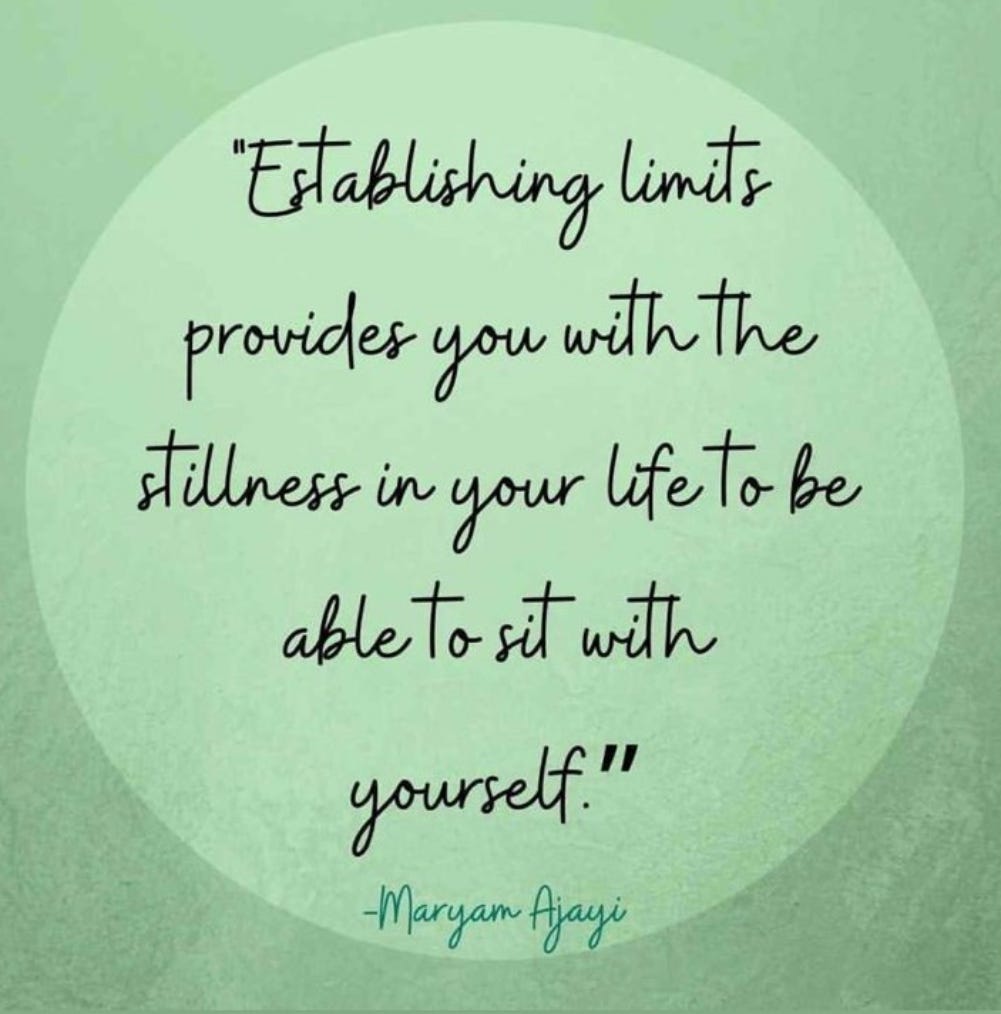
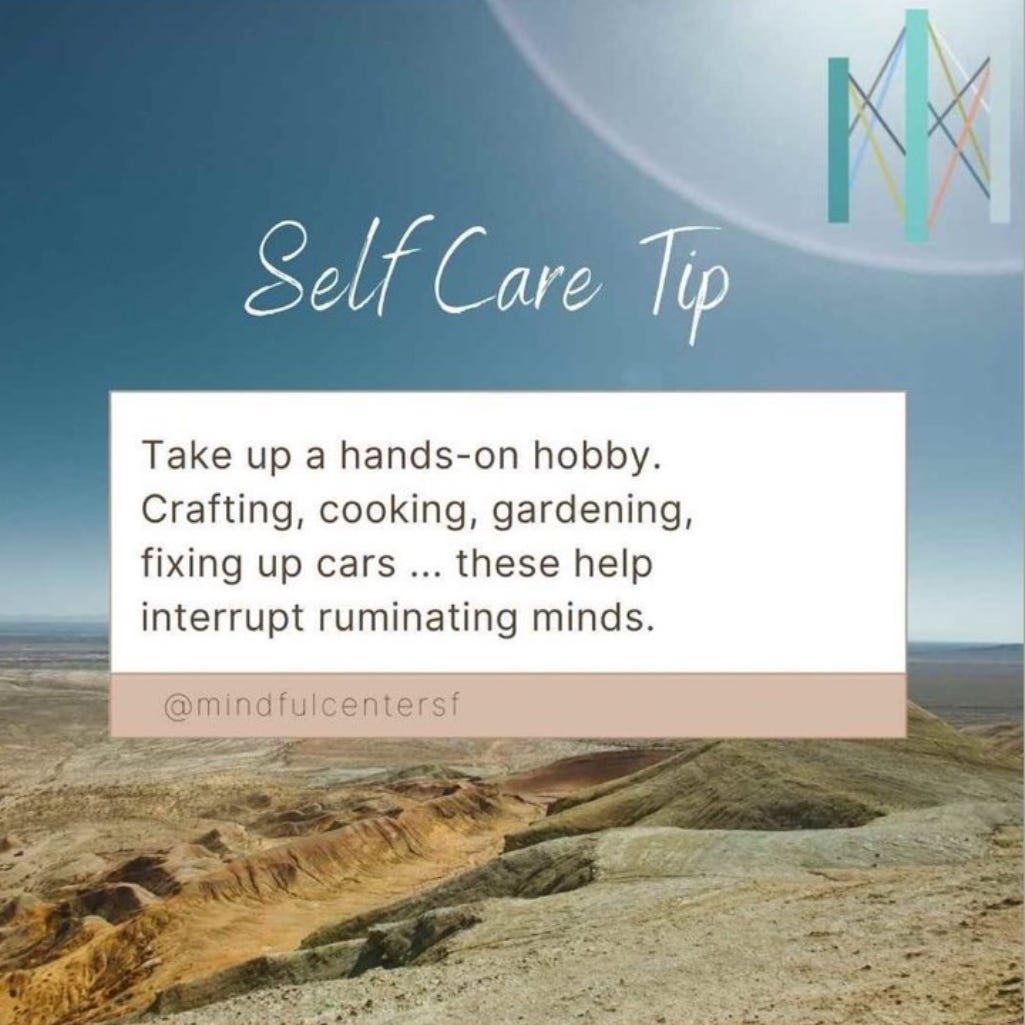
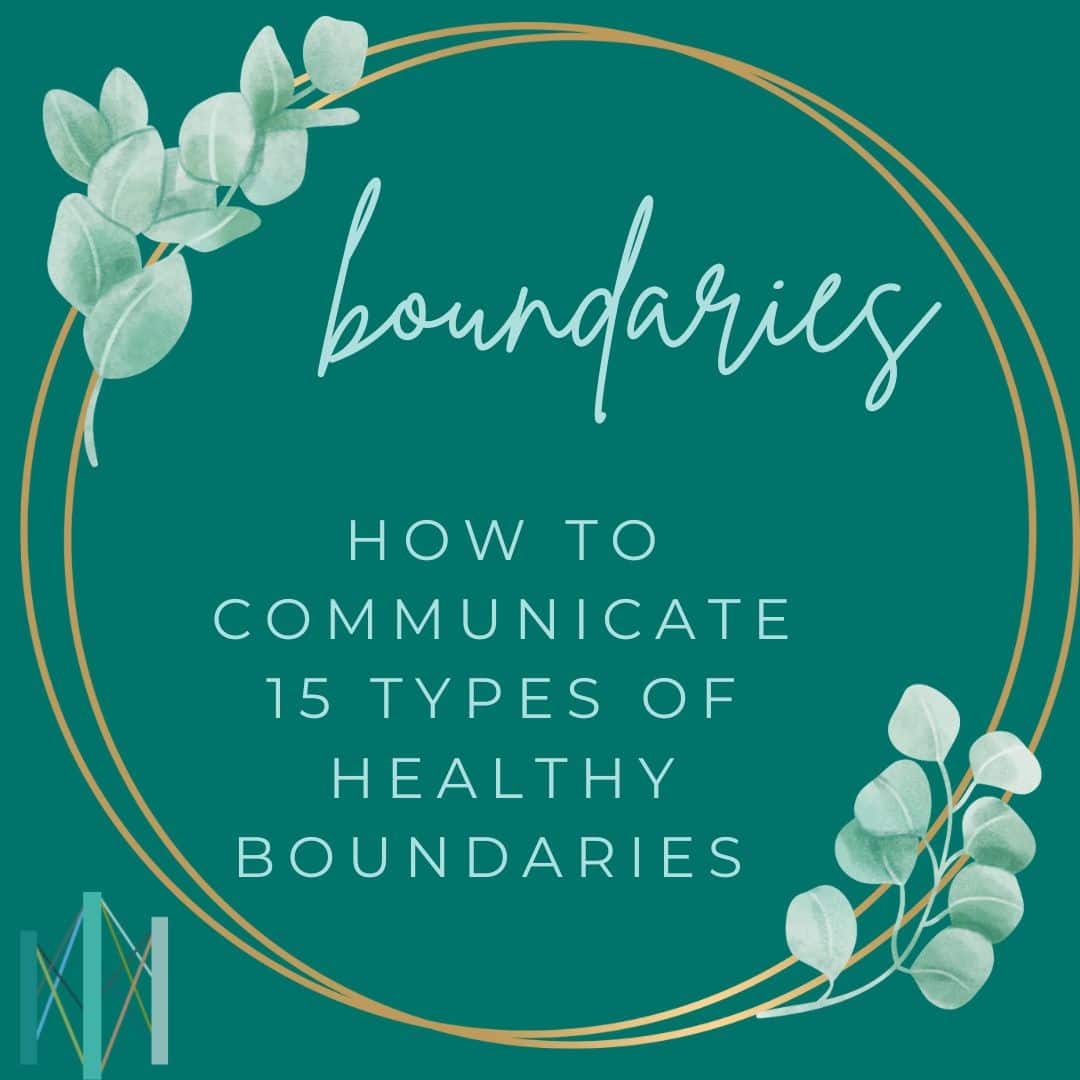
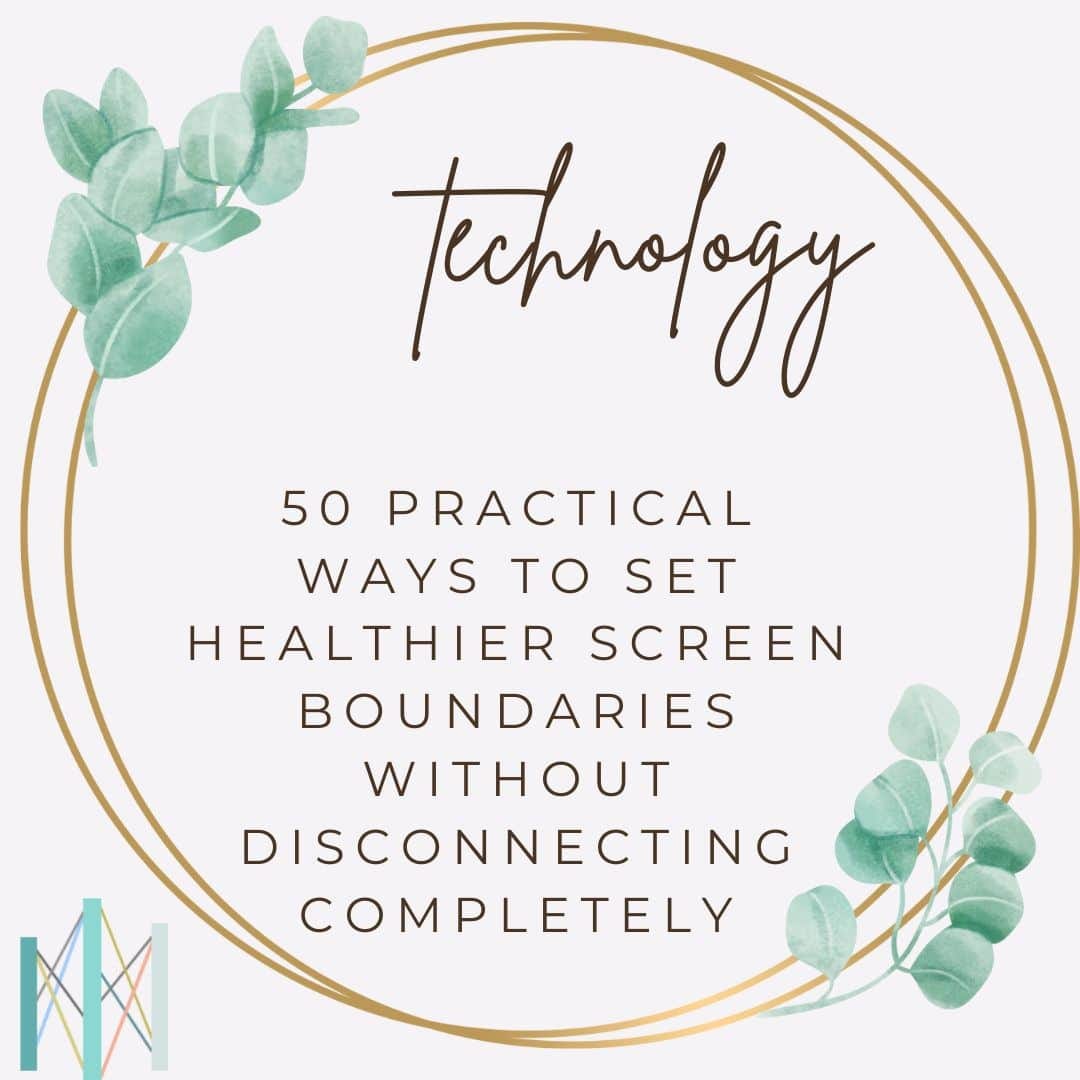
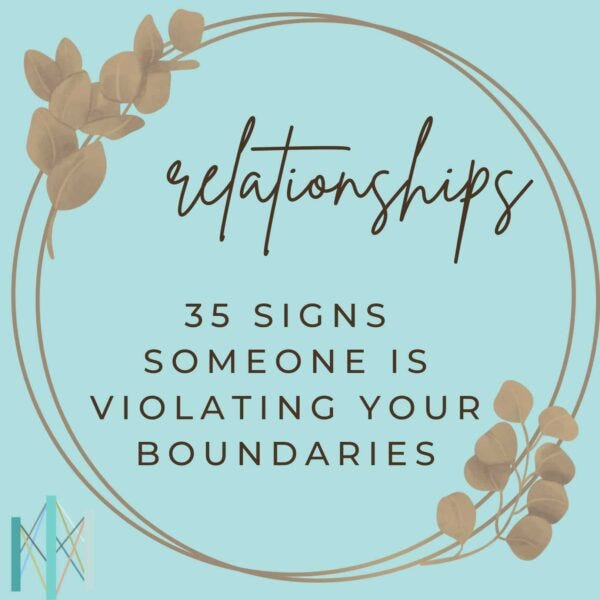
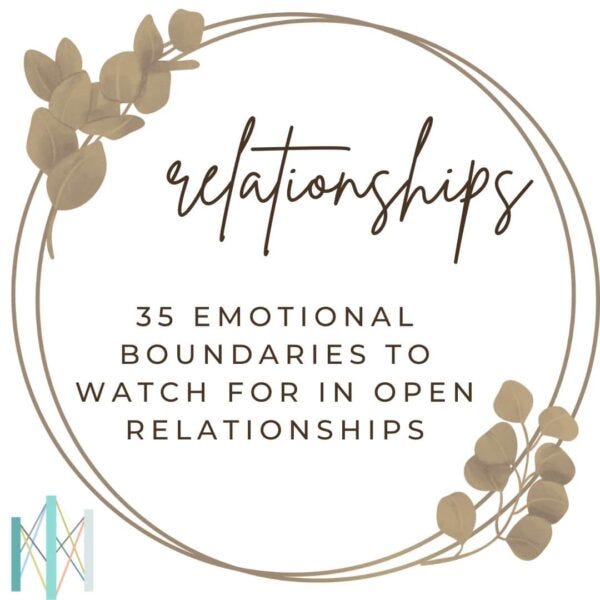
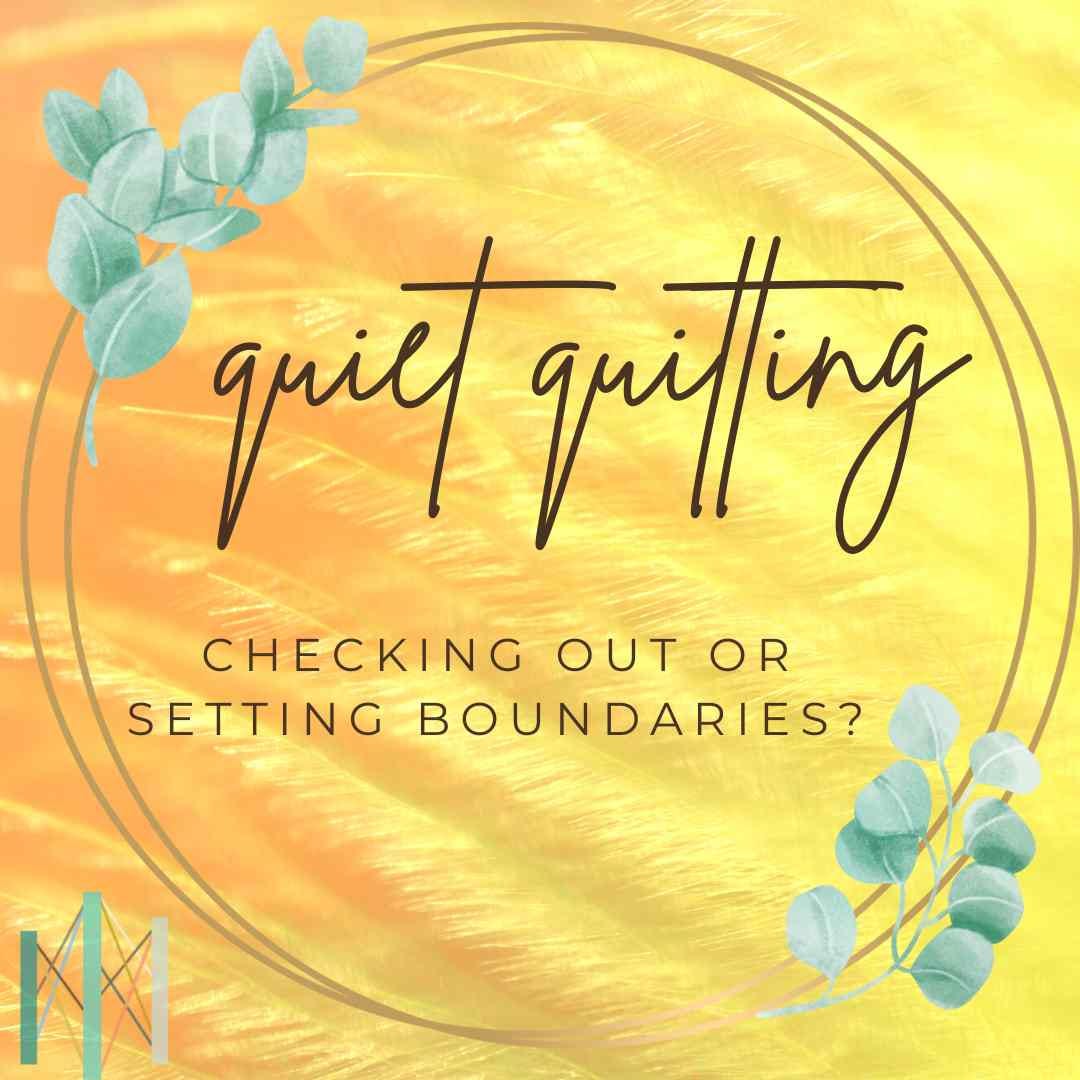

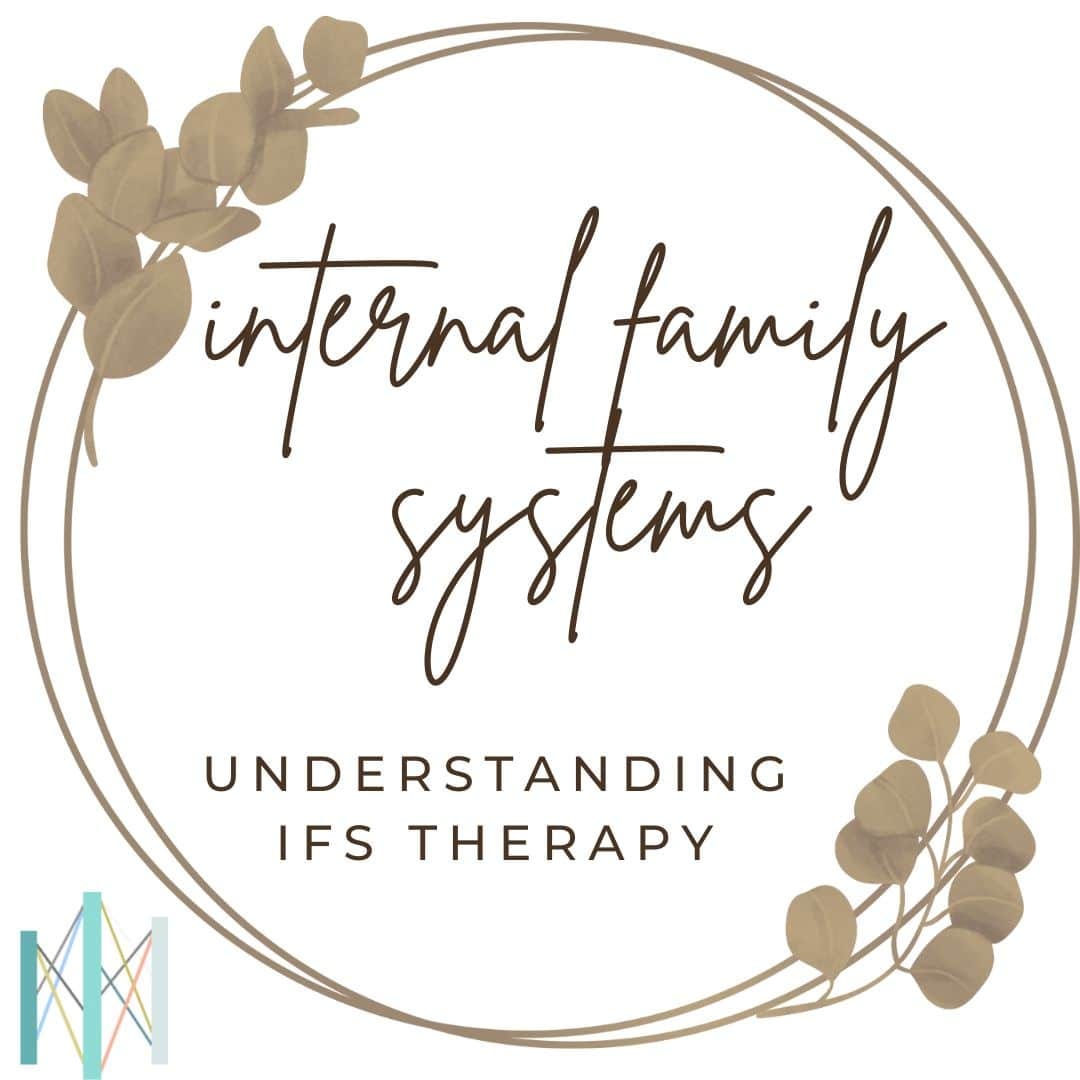
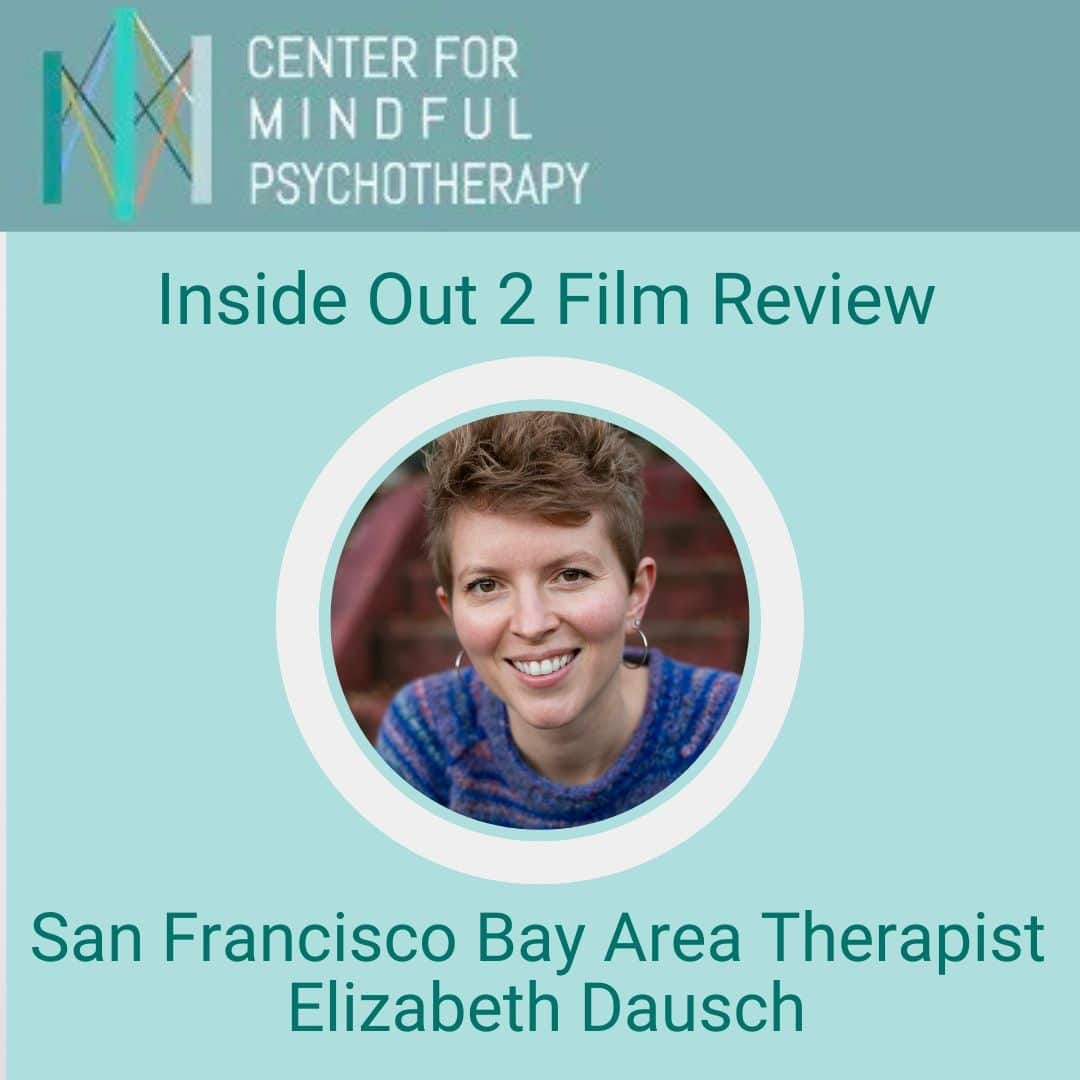



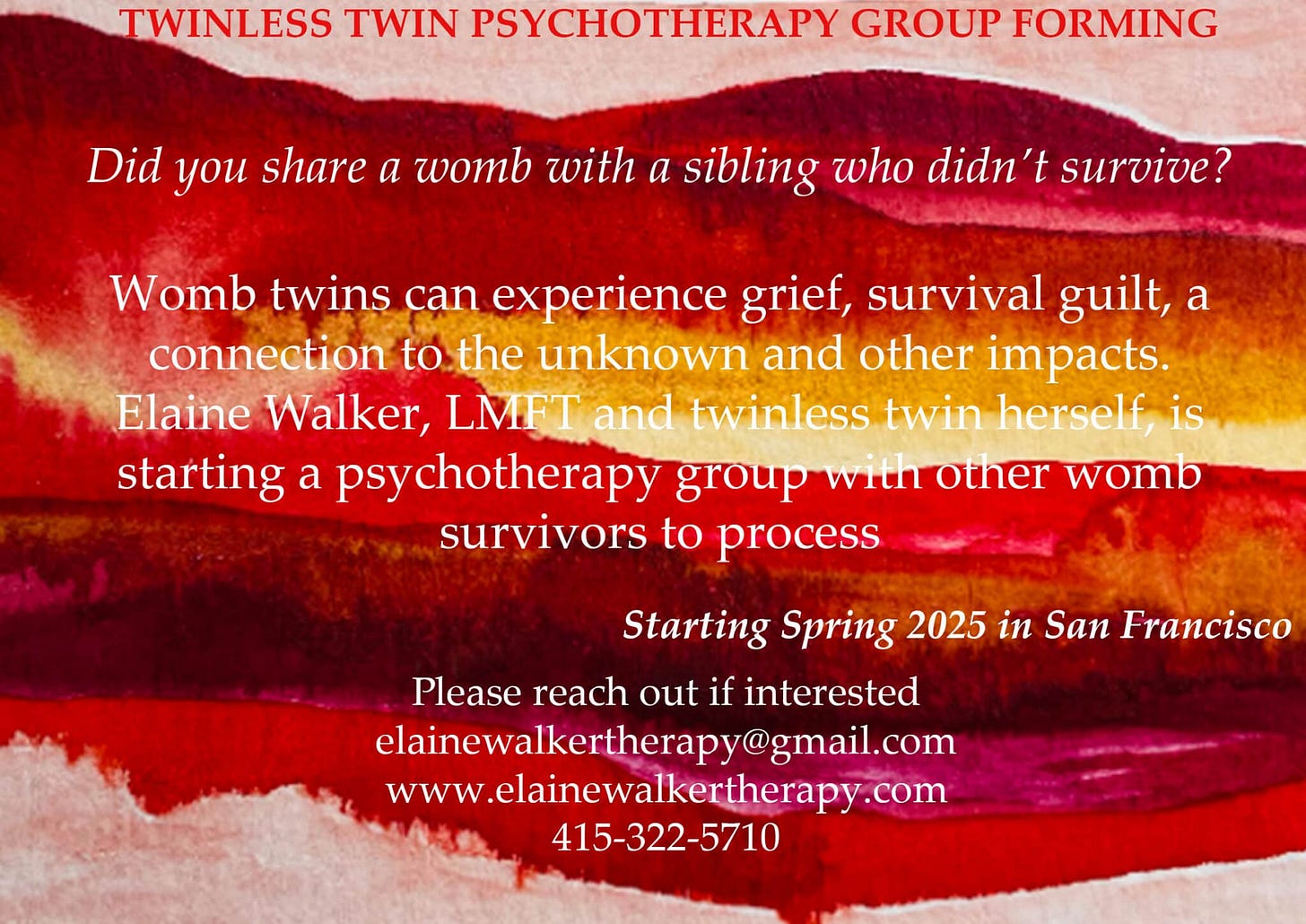
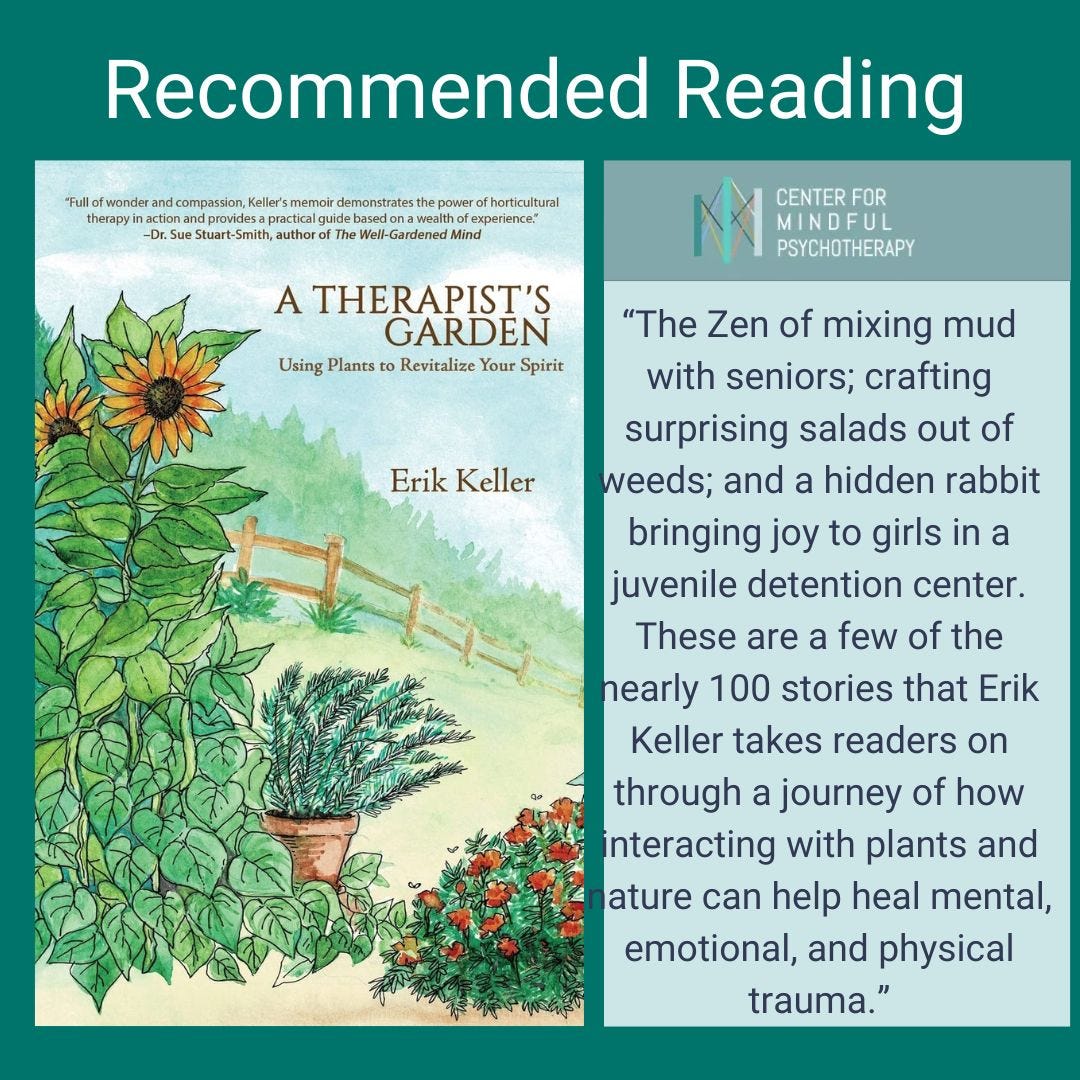
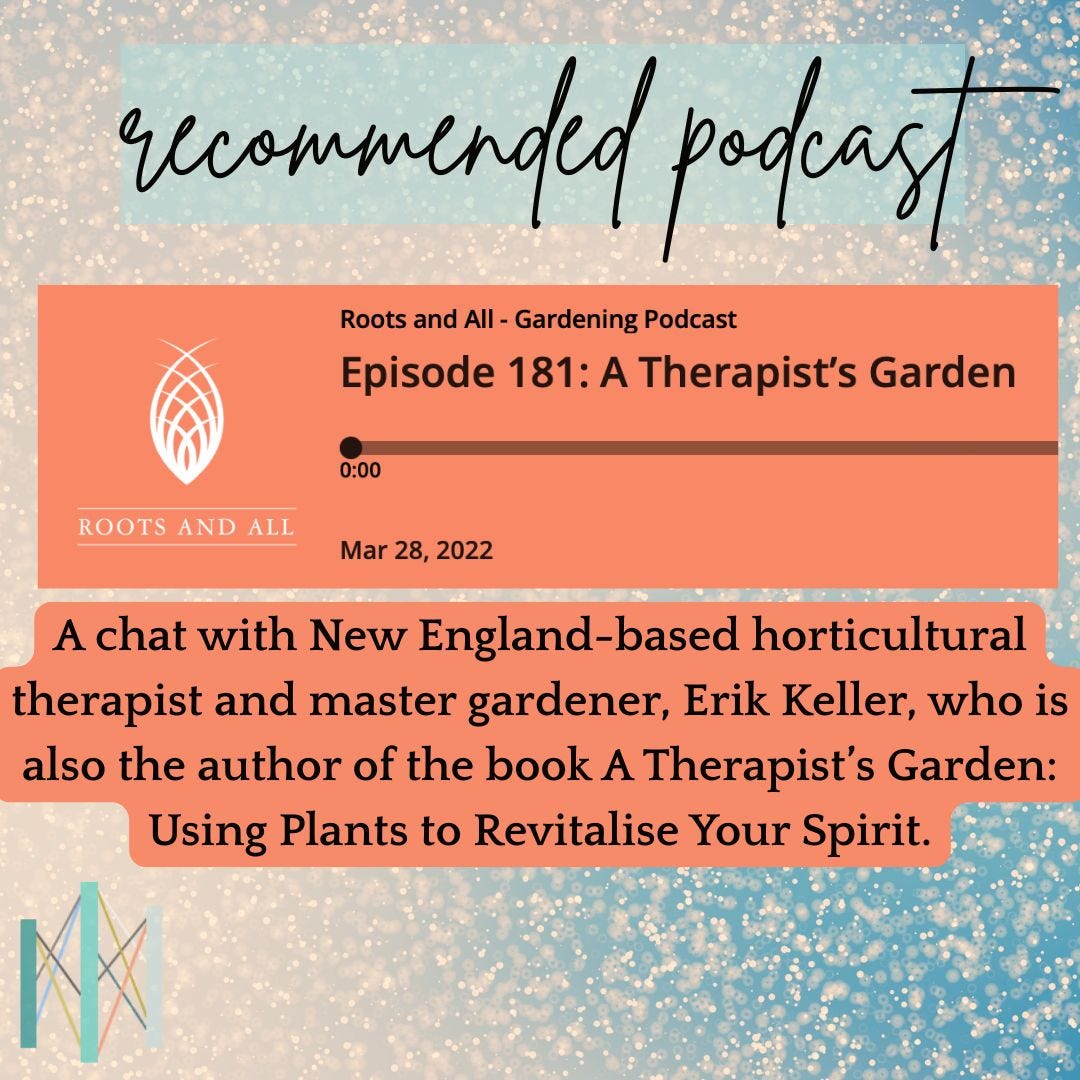
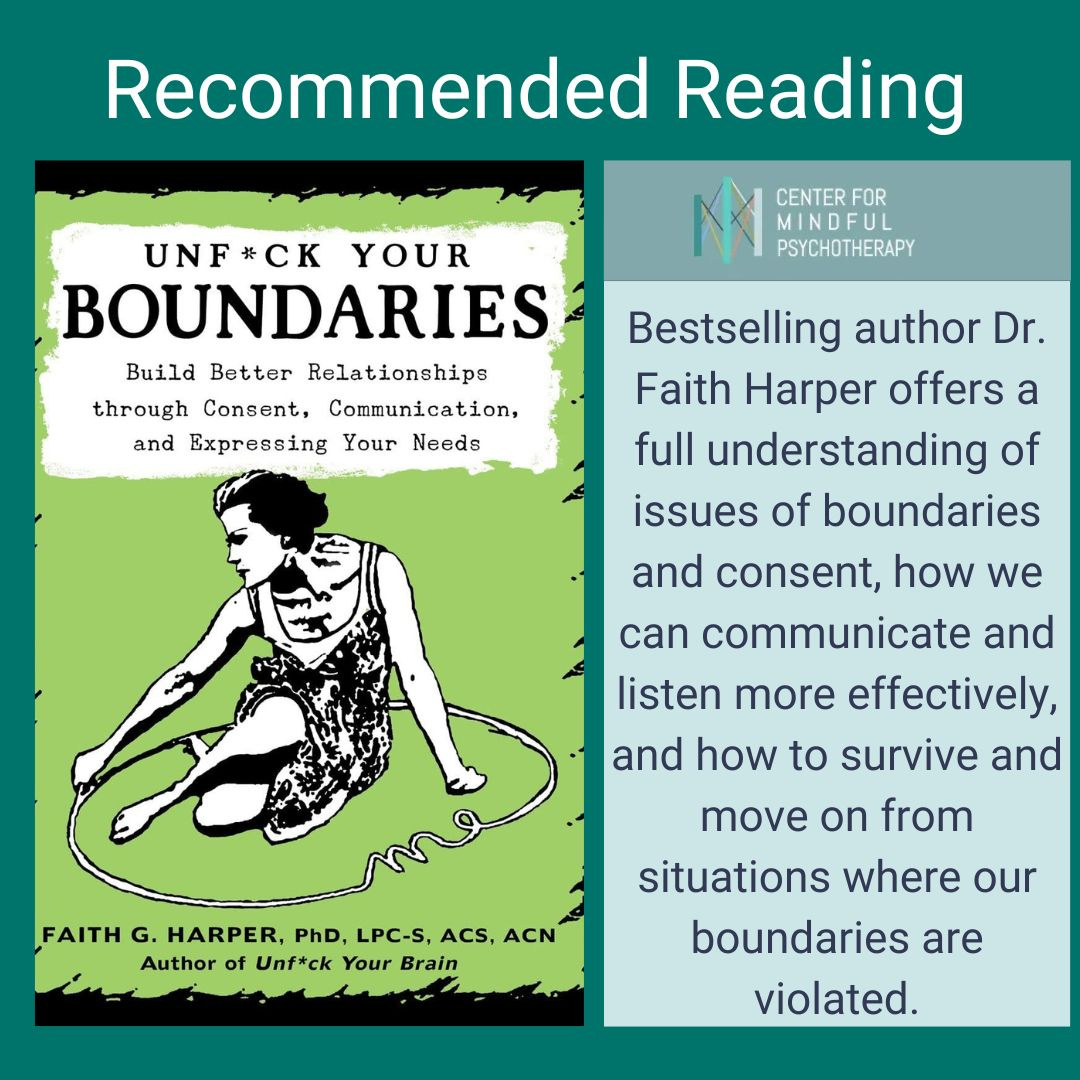






This is a really helpful read. Thanks so much for linking to my post.